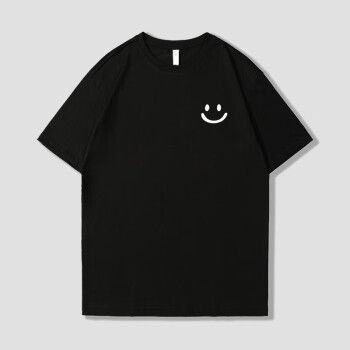Printed fabric is a common textile processing method. It prints various patterns and colors on the fabric to make the fabric more vivid, interesting and artistic. The following will introduce the printing and dyeing process and creative design of printed fabrics:
1. Printing and dyeing process:
1. Lithography:
Lithography is one of the most basic printing processes, which uses a platform (usually a wooden or metal template) to transfer pigment to the fabric. This process is suitable for simple patterns and large-area repeating pattern designs.
2. Block printing:
Block printing is a more complex process that uses a carving knife to engrave on a metal template. Draw out the pattern and fill the engraved lines with pigment, then press the template onto the fabric for printing. This process allows for more fine and detailed pattern designs.
3. Spiral printing:
Spiral printing is a relatively special printing process that uses a spiral knife to rotate and print on the fabric. , forming a unique spiral pattern. This technique is suitable for designs that require symmetry and dynamic effects.
4. Digital printing:
Digital printing is an emerging printing process developed in recent years. It uses digital technology to convert patterns into Directly transferred to the fabric, achieving high-precision and diverse pattern design. Digital printing can achieve complex patterns, gradients and multi-layered effects.
2. Creative design:
1. Full-width printing:
Full-width printing uses printing technology to cover the entire Printing on fabric, whether it is a large or small pattern, can create a vivid and attractive visual effect. Bold and unique all-over prints showcase the designer’s creativity and personality.
2. Pattern overlapping:
Pattern overlapping is a common design technique that creates a unique design by superimposing different patterns on the fabric. Produce rich and interesting visual effects. Pattern overlays can be overlays of the same pattern in different colors, or overlays between different patterns.
3. Combining floral patterns with geometric patterns:
Combining floral patterns with geometric patterns can create unique and artistic designs. Printed fabric. The contrast and fusion between patterns and geometric patterns can create visual conflict and balance, thereby increasing the tension and appeal of the design.
4. Advanced color matching:
Color matching is a very important part of printed fabric design. Advanced color matching can create stunning effects by properly matching main and auxiliary colors. A steady and layered color scheme can enhance the texture and grade of printed fabrics.
5. Mixed materials:
Printed fabrics can also be designed with different materials, such as silk, cotton and linen, etc., which can give The fabric has a richer texture and feel. The design of mixed materials will combine different elements to form unique and diverse printed fabrics.
In short, the printing and dyeing process and creative design of printed fabrics can give life and inspiration to textiles. Designers can use various techniques and techniques to create personalized and artistic prints to enrich people’s lives and clothing.






